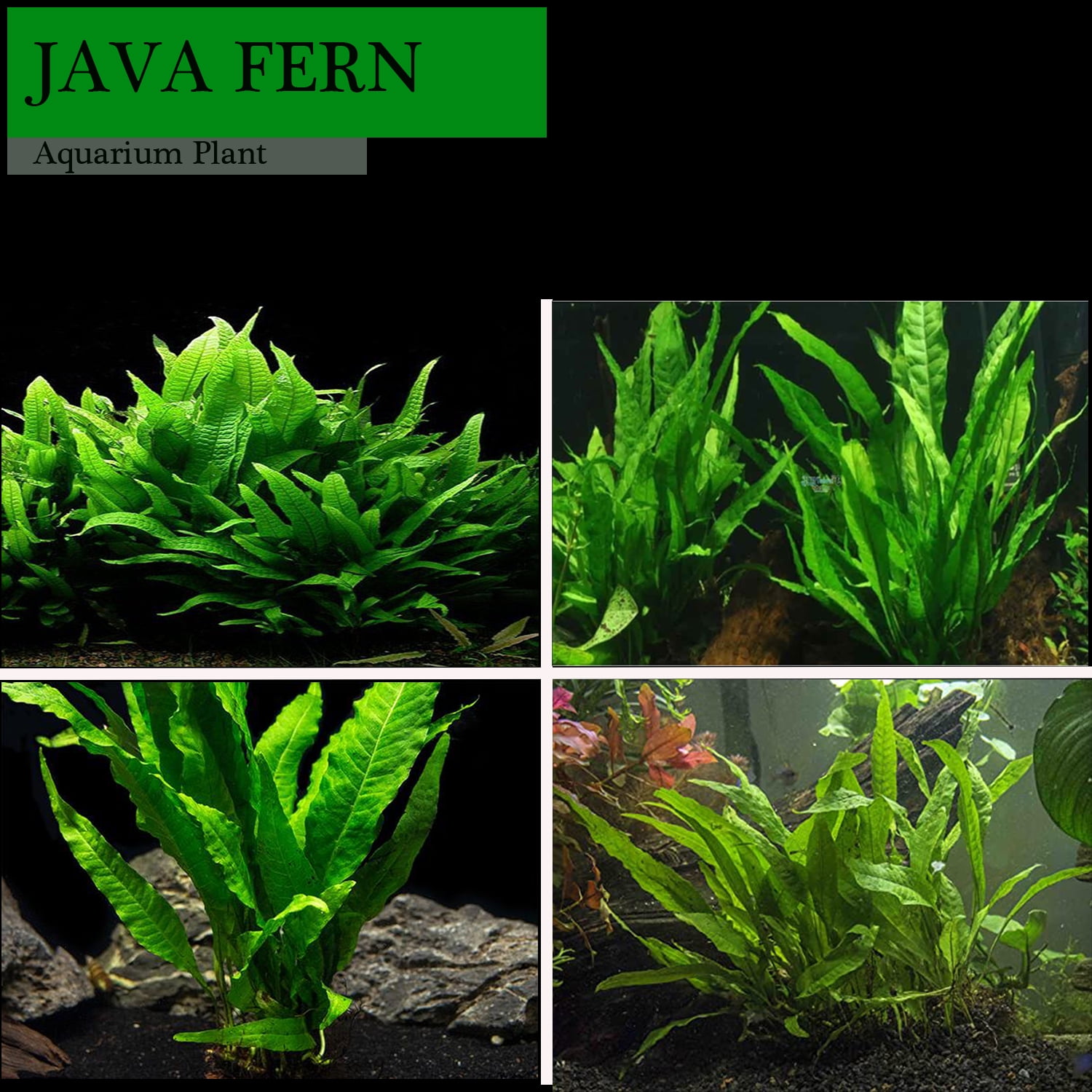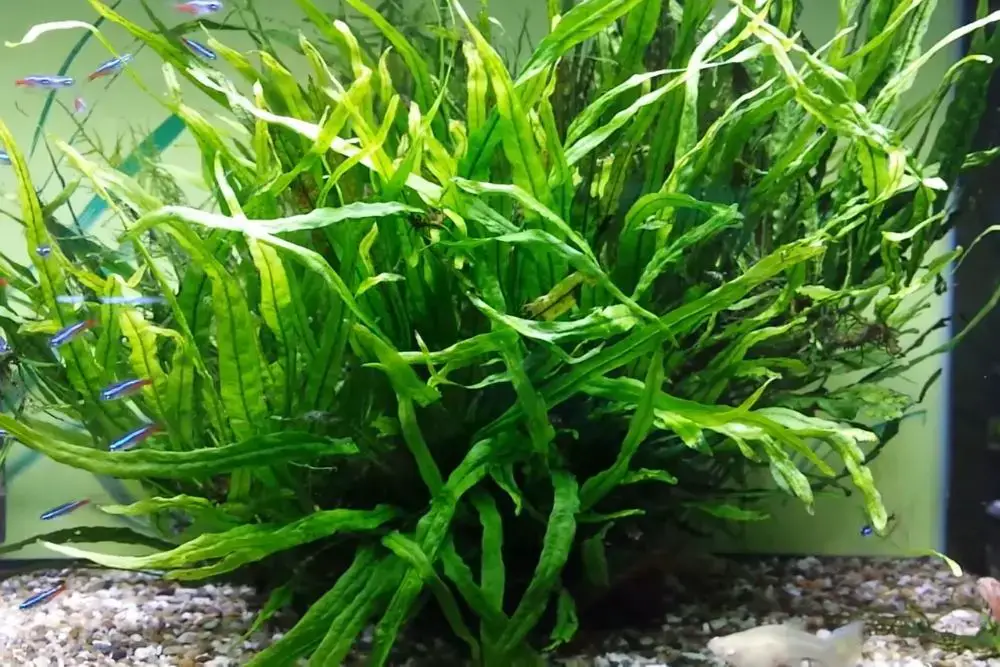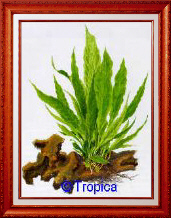
So resist the urge to recreate the Sahara Desert over your tank. At the very high end range of light, you can actually burn or melt it.

Any range from low to medium-high light is perfect for this plant. However, Java Fern will do best if provided with a 6700k spectrum bulb. Indeed, it will be thankful for any brightness in its life! Java Fern isn't picky about which spectrum of lighting you're using or even the number of watts. When it comes to growing Java Fern, almost any light will do. A great benefit to this plant is that it does not require substrate, making Java Fern idea for bare bottom tanks. If it is buried under gravel or sand it will rot. All the roots and leaves extend out of this rhizome. Place it in the tank and watch it grow! The only thing to watch out for is that you don't bury the rhizome (the twig like portion of the plant). Hold it against the glue for 30 seconds, and then let air dry for another 3 minutes. Simply take the piece of décor you want the fern attached too and make a simple bead of glue. My favorite way to plant Java Fern is to use super glue gel. You can also choose where it will go by burying the roots in some gravel or tying it onto a piece of wood, rock, or other décor. Java Fern will thrive while floating, or the current may allow it to attach to something that its roots can hold onto.

Really - even if you just drop it in, it'll start growing. Planting Java Fern is easy simply throw it into your water. Now if you've found this article, you're obviously looking for more info on Java Fern. Java Fern tolerates most lighting conditions and many environments – from soft acidic water to alkaline conditions, and even brackish tanks! It is also easy to find in most local fish stores but if not, there is always some available on our website. It slow growth, unique leaf structure, and reproduction method makes it an aquarium smash hit. It is more snail resistant and grows better with higher fish loads.Java Fern is one of the world’s most widely used plants in planted aquariums. It can be cultivated in tap water, dim or bright light, with or without gravel. Cultivation in the aquarium is usually performed by tying or glueing the roots coming from the rhizome to rock or driftwood, instead of planting it directly into the substrate. Several cultivars of Java fern exist, including the "narrow leaf", "needle leaf", "Windelov", "trident", and "lance leaf" variants.

Java fern is one of the most popular plants in the aquarium hobby, due to its aesthetic appeal and ease of care. The plant can propagate through small adventitious plants formed on older leaves, which attach themselves to hard substrates. Found in its natural habitat growing attached to roots and rocks, it can grow in both fully and partially submerged environments. It is a highly variable plant with several different geographic varieties that vary in leaf size and shape.

Leptochilus pteropus, synonym Microsorum pteropus, commonly known as Java fern after the Indonesian island of Java, can be found in Malaysia, Thailand, Northeast India and some regions of China. Growing in the west peninsula of Malaysia


 0 kommentar(er)
0 kommentar(er)
